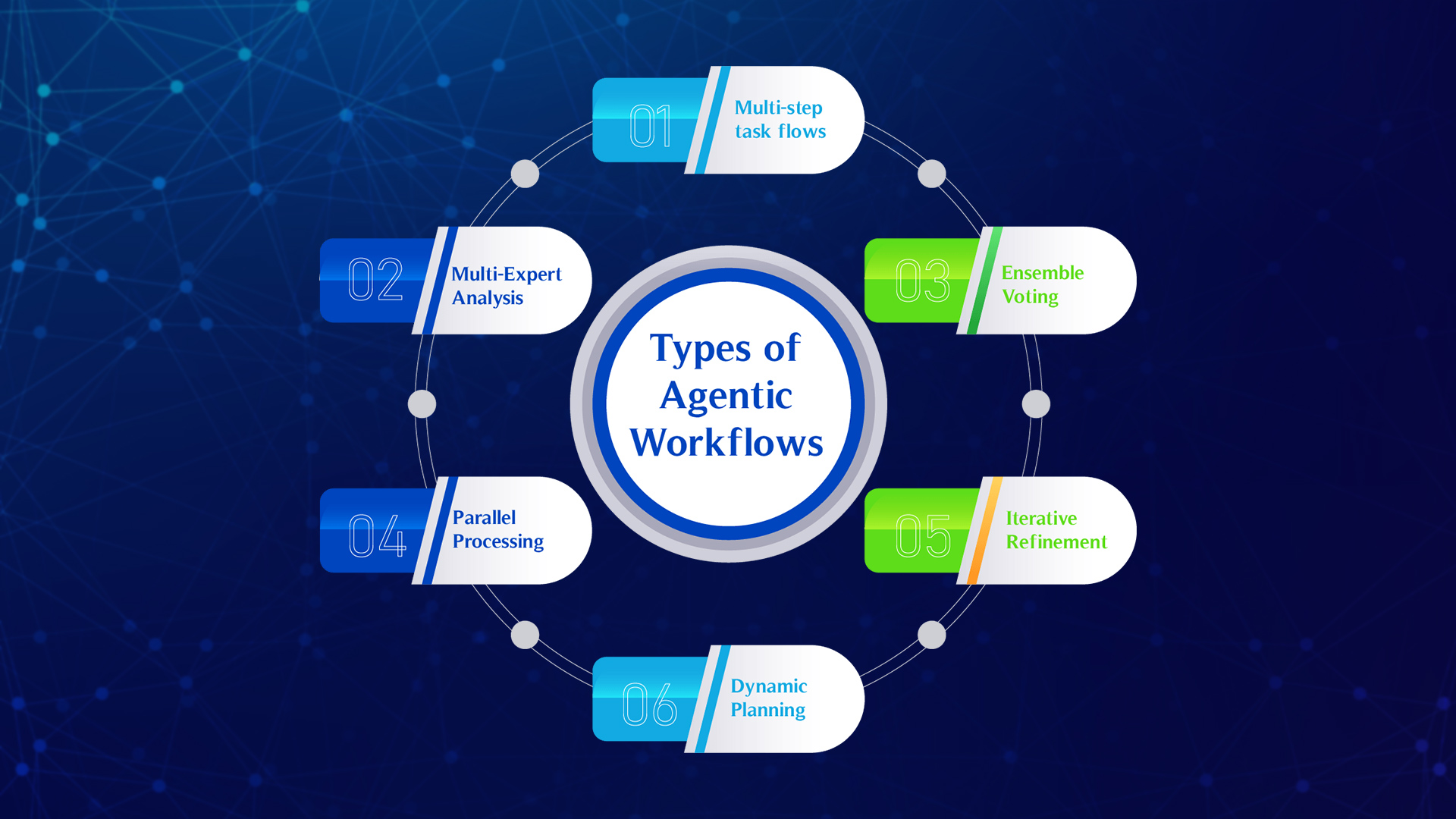
Artificial Intelligence is no longer just a buzzword—it's now a real tool used daily, even in complex industries like shipping and offshore energy. But two terms are becoming more common: AI agents and agentic workflows.
What do they mean? How are they different? And why should you care?
An AI agent is a digital assistant that takes action—not just answers questions. It understands goals, makes decisions, and completes tasks.
Example: An AI agent could read a Port State Control report, compare it with safety procedures, and update manuals.
Unlike chatbots, agents act like junior colleagues—they learn, adapt, and work over time.
“Agents are the next big thing” — Sam Altman, OpenAI CEO
A workflow is a series of steps to finish a task—manual or automated.
Example: Preparing for drydock:
AI can speed it up, but workflows follow a fixed path. They don’t think.

Agentic workflows vary based on the goal. Below are six types relevant to shipping, offshore, and compliance-heavy sectors:
Breaks down complex tasks into steps.
Example: Updating Safety Management Procedures
✅ Best for compliance and traceability.
Multiple AI agents analyze the same input from different angles.
Example: CE Certification Readiness
✅ Ideal for legal, technical, and documentation review.
Multiple AIs do the same task independently, then vote on the best result.
Example: Ballast Tank Coating Assessment
✅ Boosts accuracy—useful for high-stakes evaluations.
Divide large tasks across agents for faster output.
Example: Fleet Incident Analysis
✅ Great when inputs are large or time-sensitive.
One AI drafts; another evaluates against rules. Repeat until perfect.
Example: CE Owner’s Manual
✅ Ideal when review criteria are well-defined.
The AI builds and executes a custom plan for the task.
Example: MRV Emissions Verification
✅ Flexible planning, structured execution—perfect for regulation-heavy tasks.
Think of:
Agents thrive in industries with scattered info and shifting rules.
That’s why companies are cautious. Value is clear, but responsibility is key.
AI agents and workflows are already improving how companies operate—fleet management, technical documentation, audits.
Start small:
Find where agents vs workflows fit.
AI won’t replace your people—but it can help them focus on what matters most.
Ready to explore AI for your fleet or operations?
Let’s talk. Whether it’s automating manuals or deploying agentic compliance tools, we’re here to help.